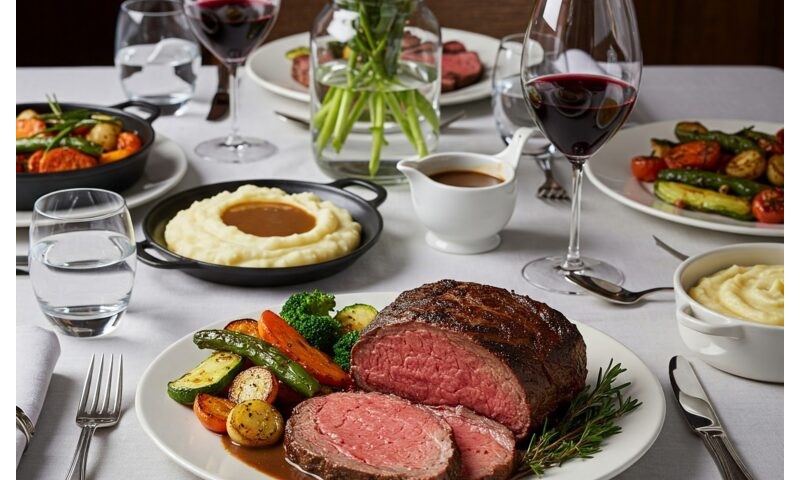We have long ago inherited soup, soup, stew, and hotpot as a food culture as a community culture.
Thank you for reading this post, don't forget to subscribe!Now it has disappeared, but there was a time when bosintang, along with the name of Saseoltang, literally pleased the taste buds of the common people in the back alleys of Moran Market in Seongnam, Gupo Market in Busan, and Chilseong Market in Daegu.
Also, Naju, Jeollanam-do, has gained nationwide fame as Naju Gomtang, but in comparison, Seonnongtang, which the king demonstrated in Jeokjeon to encourage farming during the Joseon Dynasty and then shared with farmers, is said to have changed to Seolleongtang, and the difference between the two is that Seolleongtang is mainly made with bones, while Gomtang is mainly made with meat.
These days, Sagol Gomtang (Gomtang), which contains cow leg bones, is also called a dish that is boiled and taken with the wife when she goes out.
Jjigae is a type of food eaten together in a pot, and there is a concern that it may cause Helicobacter pylori infection in the stomach. In the West, soup or jjigae is said to be the difference between soup and stew.
1. Soup
Soup is a dish made by boiling meat, vegetables, and a relatively light seasoning sauce in a pot. The meat in the soup is cut into small pieces and used, and the amount of broth is less than that of soup. It is boiled for a short time at medium heat. (Bean sprout soup, kimchi soup, potato soup, seaweed soup, taro soup, auk soup, dried radish soup, buckwheat soup, mom soup, radish soup, dasulgi soup)
2. Soup
On the other hand, soup is made by boiling large chunks of meat, various vegetables, and a spicy seasoning sauce in a pot. It is a large quantity and has a thick broth, and is boiled for a long time at relatively high heat. (Samgyetang, galbitang, seolleongtang, dog meat soup, chueotang, gamjatang, gomtang, daegutang, agwitang, altang, saeutang)
3. Stew
Chop beef or pork into small pieces, season, mix seafood, mushrooms, vegetables, etc., pour a little broth, and boil. Food. (Mushroom stew, Yukgaejang stew, Doenjang stew, Gopchang stew, Sundubu stew, Potato stew, Chicken stew stew, Al-tang stew, Mandu stew, Bean sprout stew, Seafood stew, Octopus stew, Bulgogi stew, Kimchi stew, Sundae stew)
4. Stew
It is a side dish made by boiling meat, tofu, vegetables, etc. with red pepper paste or doenjang and various seasonings. It is cooked in a pot with a thicker consistency and a smaller volume, and it is cooked at medium heat. (Kimchi stew, Doenjang stew, Gochujang stew, Sundubu stew, Cheonggukjang stew, Budae stew, Dongtae stew)
Soup is lightly seasoned and small in quantity, soup is thick and large in quantity, stew uses thick seasoning sauce, and soup is a food that is mainly considered to be a soup, and the ratio of soup to side dishes is 6:4 or 7:3. However, stew is a dish with a ratio of soup and toppings of about 4:6, and is a dish mainly for eating toppings, and soup is served in each person’s bowl, but stew is a dish where food is cooked in the same bowl and then taken out and eaten by each person when eating.
Soup/tang is a dish that is mainly eaten with water as the base, and if boiled briefly, it is soup, and if boiled for a long time, it is soup. Soup is a daily meal, and soup means special days or for entertaining guests, and tangguk is a soup served on the ancestral rite table.
Jeon-gol is similar to shabu-shabu in that it has little broth and a lot of toppings, so you eat the toppings and then eat the soup, but it is served on the table without being boiled, and the guests add the toppings and boil it, and stew has little broth and a lot of toppings like jeongol, but it is served on the table after being boiled and completed.
Discover more from Creative Innovator in Korea
Subscribe to get the latest posts sent to your email.
